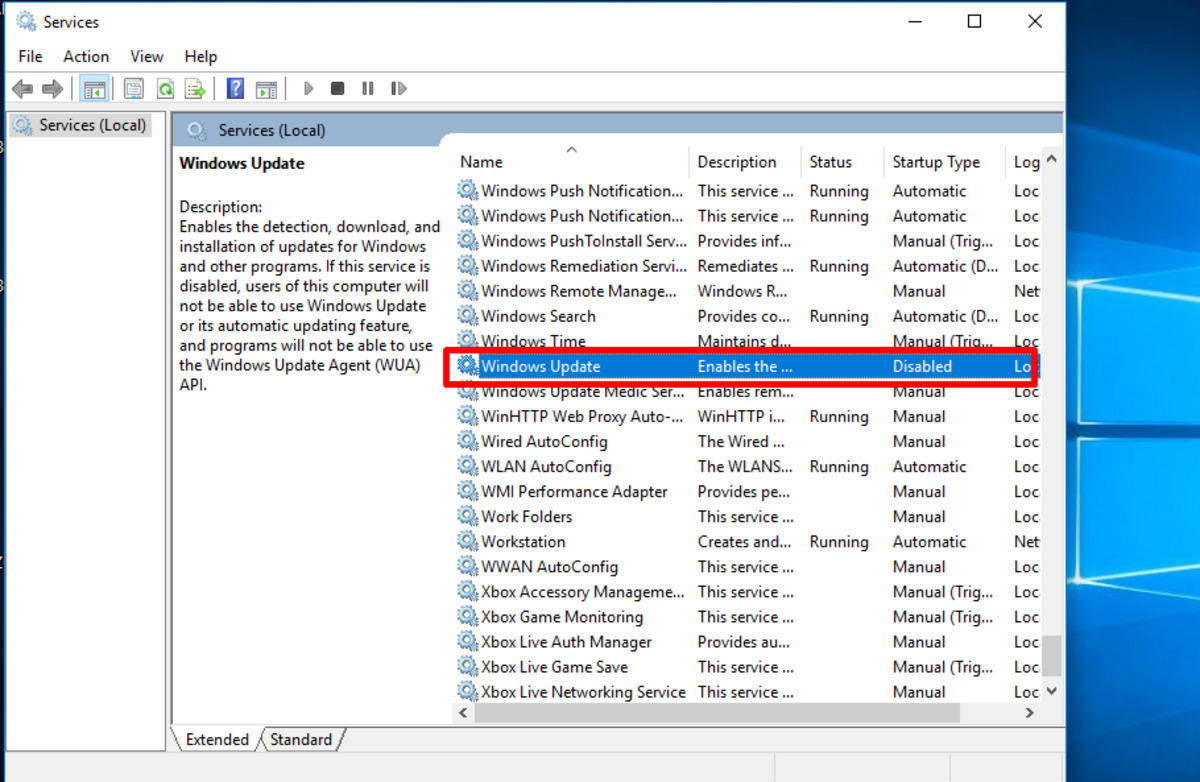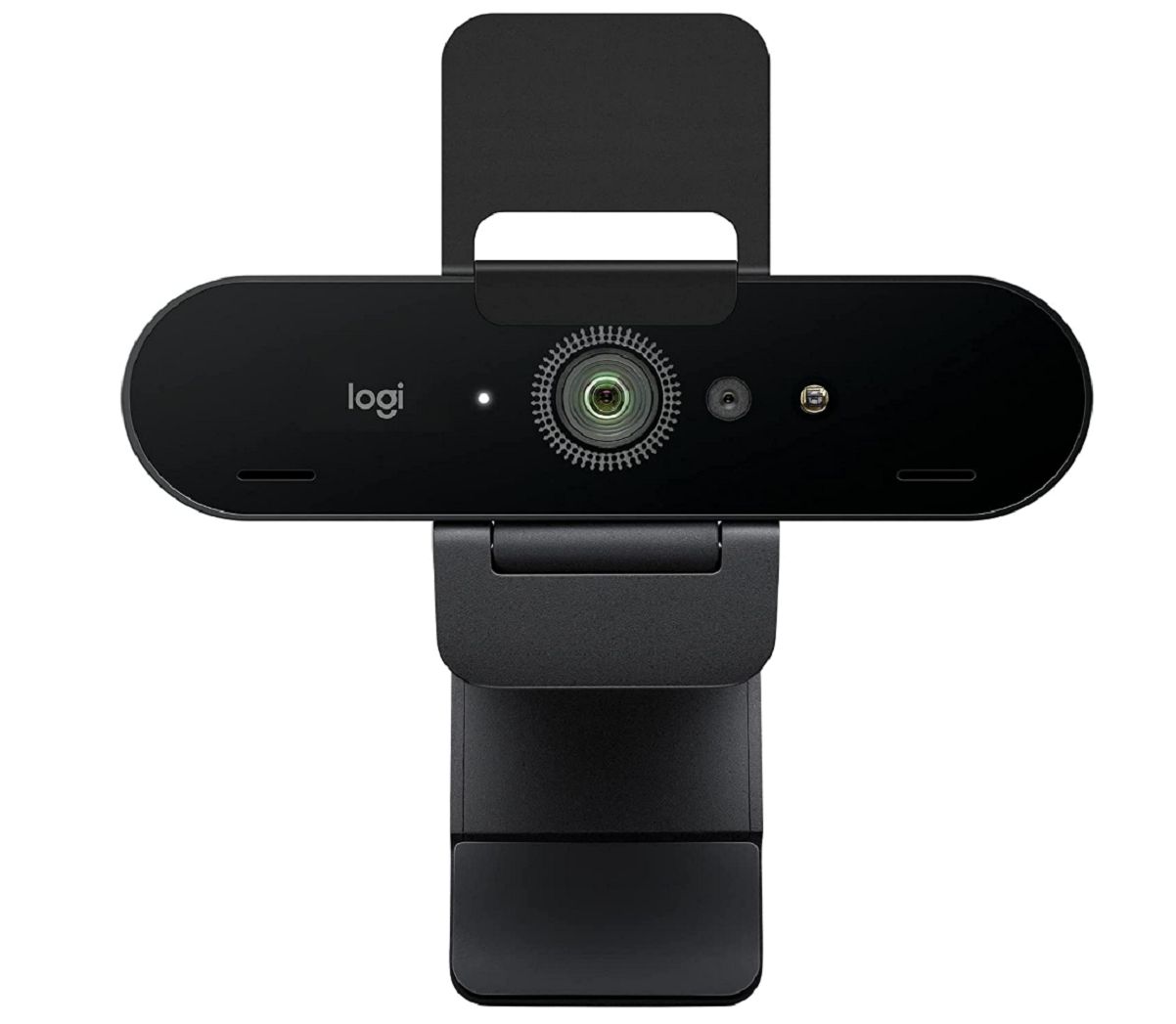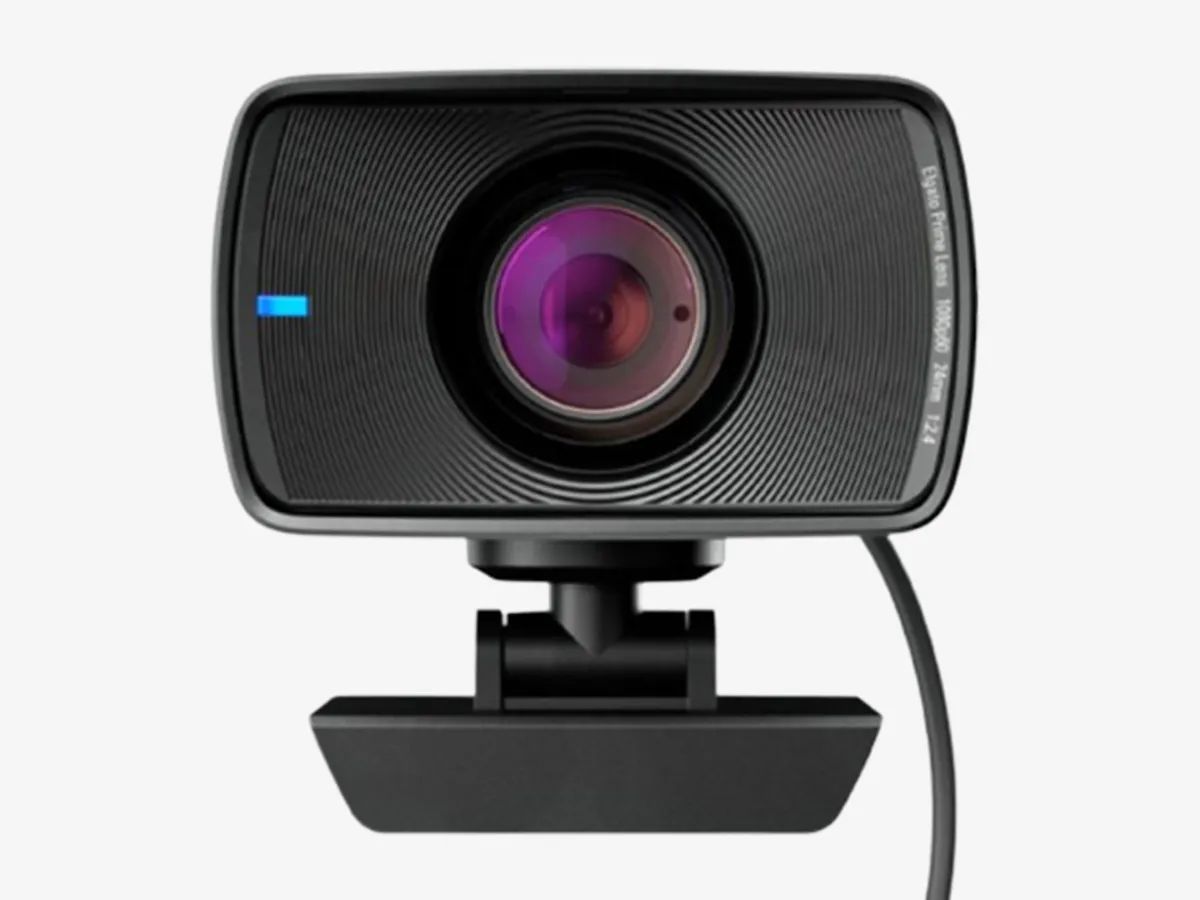Introduction
With the constant evolution of technology, it’s essential to stay up-to-date with the latest operating system releases. Windows 10, Microsoft’s highly acclaimed operating system, has gained popularity for its enhanced features and improved performance. However, not everyone may want to upgrade to Windows 10 or may have encountered issues during the download process.
In this article, we will explore the various methods to cancel the Windows 10 download. Whether you’ve reconsidered the upgrade, faced compatibility problems with your current setup, or simply want to postpone the installation for a later time, we’ve got you covered. By following the steps outlined below, you’ll be able to halt the Windows 10 download and regain control over your system.
It’s essential to note that canceling the download will prevent Windows 10 from installing on your computer. If you’re unsure about whether to proceed with the cancellation or need further assistance, it’s recommended to reach out to technical support or consult with a knowledgeable professional to make an informed decision.
Now that we’ve set the context let’s dive into the various methods you can use to cancel the Windows 10 download.
Why would you want to cancel the Windows 10 download?
While Windows 10 has many benefits and improvements, there are several reasons why you might want to cancel the download:
- Compatibility concerns: Some older software or hardware may not be compatible with Windows 10. If you rely on specific applications or devices that are not supported, it’s wise to cancel the download to avoid any compatibility issues.
- Stability and performance: If you’re currently satisfied with the stability and performance of your current operating system, you may prefer to stick with it rather than risk potential glitches or compatibility problems that can come with a major upgrade.
- Personal preference: Upgrading to a new operating system can be a significant change, and not everyone may be eager to adapt to the new interface or features. If you prefer the familiarity of your current system, canceling the Windows 10 download is a viable option.
- System requirements: Windows 10 has certain system requirements, such as processor speed, RAM, and available storage space. If your system does not meet these requirements, attempting to install Windows 10 could lead to performance issues or even installation failures.
- Limited bandwidth: Downloading and installing Windows 10 can consume a significant amount of bandwidth. If you have a limited or metered internet connection, canceling the download can help conserve your data allowance for other essential tasks.
By canceling the Windows 10 download, you can maintain control over the upgrades and changes to your system. It’s crucial to assess your specific situation and determine whether upgrading to Windows 10 aligns with your needs and preferences.
How to cancel the Windows 10 download from the Microsoft Store
If you initiated the Windows 10 download from the Microsoft Store but have changed your mind, you can easily cancel the download by following these steps:
- Open the Microsoft Store on your Windows computer.
- Click on the three-dot menu icon at the top-right corner of the screen.
- From the drop-down menu, click on “Downloads and updates.”
- In the “Downloads and updates” section, you will see a list of all the apps and updates that are currently downloading or pending.
- Locate the Windows 10 update from the list of downloads.
- Click on the “Pause” or “Cancel” button next to the Windows 10 update to stop the download process.
By following these steps, you can cancel the Windows 10 download from the Microsoft Store and prevent it from being installed on your computer. However, it’s important to note that if you cancel the download, it may reappear at a later time if automatic updates are enabled on your system. To ensure the download does not start again, you should also consider disabling automatic updates, which we will discuss in further detail later in this article.
It’s worth mentioning that canceling the Windows 10 download from the Microsoft Store only applies to downloads initiated through this specific platform. If you started the download from Windows Update or are using a different method, you will need to follow the respective cancellation steps.
How to cancel the Windows 10 download from Windows Update
If your Windows 10 download is in progress through Windows Update, you can cancel it by following these steps:
- Press the Windows key on your keyboard or click on the Windows Start button.
- In the search bar, type “Windows Update” and click on the “Windows Update settings” option from the search results.
- In the Windows Update settings window, click on the “View update history” link.
- Scroll through the list of updates until you find the Windows 10 update.
- Click on the update to highlight it, then select the “Uninstall updates” option at the top of the window.
- Follow the prompts to confirm the cancellation of the Windows 10 download and uninstall the update.
By canceling the Windows 10 download through Windows Update, you can effectively stop the update process and prevent it from being installed on your computer. Following these steps will ensure that the Windows 10 download is removed from the update queue.
It’s important to keep in mind that canceling the download through Windows Update only applies to updates initiated through this channel. If you started the download from the Microsoft Store or are using a different method, you will need to follow the respective cancellation steps.
How to cancel the Windows 10 download using the Command Prompt
If you prefer using the Command Prompt to cancel the Windows 10 download, follow these steps:
- Open the Command Prompt by pressing the Windows key and typing “Command Prompt.” Right-click on the Command Prompt app and select “Run as administrator.”
- Once the Command Prompt window is open, type the following command and press Enter:
wusa /uninstall /kb:{update number} - Replace “{update number}” with the actual KB update number associated with the Windows 10 download. You can find this information in the Windows Update history or by searching online.
- Press Enter to execute the command and cancel the Windows 10 download.
Note that canceling the Windows 10 download using the Command Prompt requires precision in entering the correct KB update number. Using an incorrect number may lead to unintended consequences or potentially remove unrelated updates from your system. Therefore, it’s crucial to double-check the update number before executing the command.
Canceling the Windows 10 download through the Command Prompt provides a direct and efficient method for halting the download process. However, it’s essential to exercise caution and ensure you have the accurate update number before proceeding with the cancellation.
How to prevent Windows 10 from downloading automatically in the future
If you want to avoid future automatic downloads of Windows 10 and maintain control over your system updates, you can follow these steps:
- Press the Windows key and type “Settings,” then click on the “Settings” app from the search results.
- In the Settings window, click on “Update & Security.”
- Select “Windows Update” from the left-hand menu.
- Click on “Advanced options.”
- Under the “Choose when updates are installed” section, click on the “Pause updates for 7 days” option. This will temporarily pause any pending updates, including Windows 10.
- To further prevent Windows 10 from downloading automatically, click on “Delivery Optimization.”
- Toggle off the “Allow downloads from other PCs” option.
- Scroll down and click on “Advanced options.”
- Toggle off the options under “Get updates from Microsoft and store.”
By following these steps, you can prevent Windows 10 from downloading automatically in the future. Pausing updates and adjusting the delivery optimization settings provide you with more control over when and how updates, including Windows 10, are downloaded and installed.
Keep in mind that while these settings can help prevent automatic downloads, they should be used with caution. It’s essential to regularly check for important security updates and ensure that your system remains protected.
Conclusion
Canceling the Windows 10 download is a viable option for users who want to maintain control over their operating system upgrades. Whether you have specific reasons such as compatibility concerns, performance preferences, or personal preferences, there are various methods to cancel the download.
You can cancel the Windows 10 download from the Microsoft Store by accessing the Downloads and updates section and pausing or canceling the update. If the download is in progress through Windows Update, you can navigate to the Windows Update settings and uninstall the update from the update history. For those who prefer using the Command Prompt, specific commands can be used to cancel the Windows 10 download.
Additionally, you can prevent Windows 10 from downloading automatically in the future by adjusting the Windows Update settings, pausing updates, and modifying the delivery optimization options. This way, you can have more control over when and how updates are installed on your system.
It’s important to note that canceling the Windows 10 download may not be suitable for everyone, and it’s crucial to evaluate your specific circumstances and consult with technical support if needed. Windows 10 offers many improvements and features that may be beneficial for certain users, so make sure to make an informed decision.
By following the appropriate cancellation steps and adjusting the necessary settings, you can effectively cancel the Windows 10 download and maintain control over your operating system updates.

























